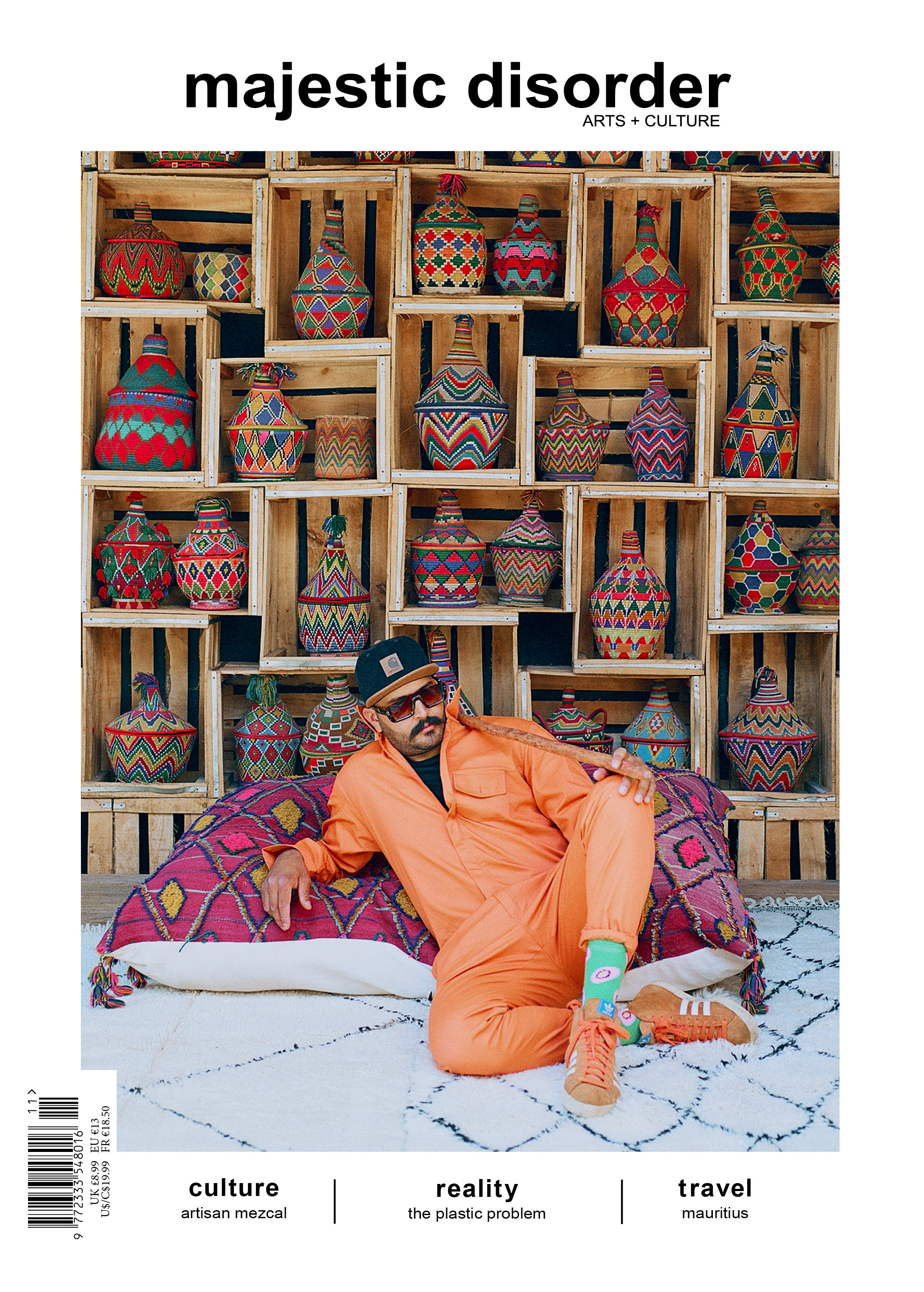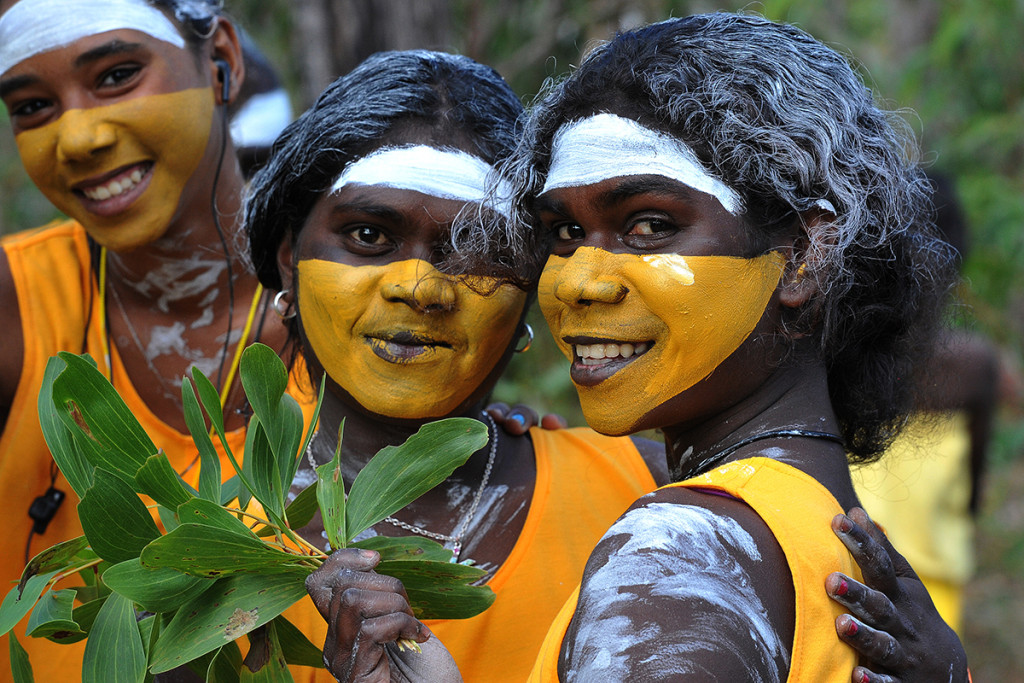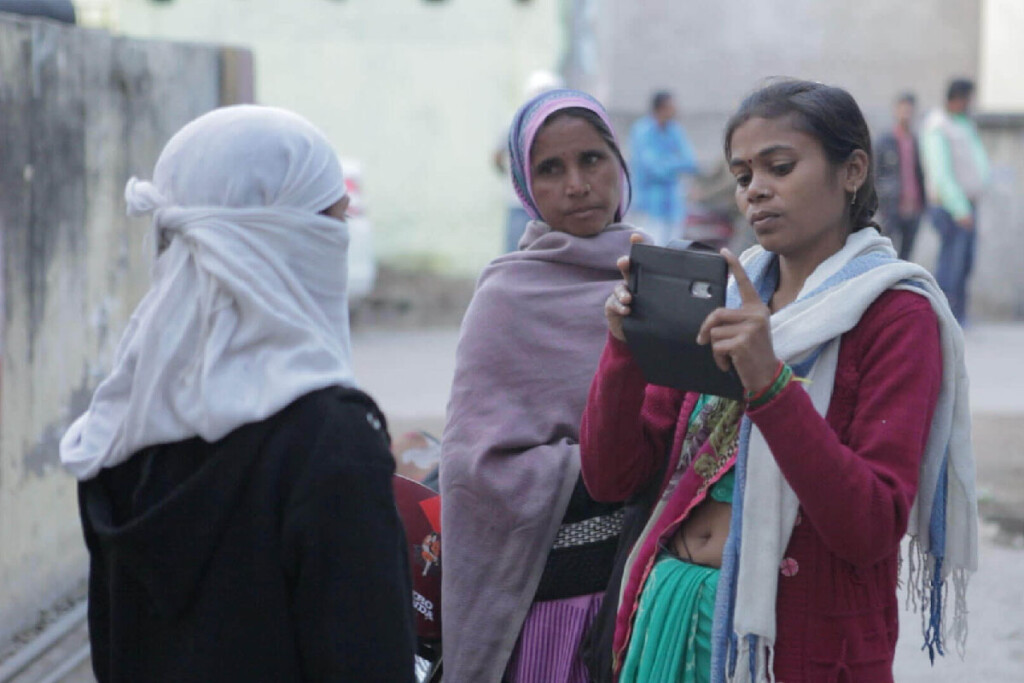Indigenous filmmaking
Behind the scenes of the world’s first film completely casted by Indigenous people who’re also first time actors
Words Sean Stillmaker

Imagine a story of a teenage girl who mistakenly gets pregnant. Instead of becoming a mother, she’d rather have an abortion, but access to this healthcare is heavily restricted.
This story certainly sounds like one you’d hear in the modern world today, since Roe v. Wade was overturned in the US or there’s 22 countries prohibiting abortion under any circumstance, including when a woman’s life or health is at risk.
It’s a globally accessible story, which award winning Indian filmmaker Priyanandanan imperatively used as the narrative set within an Indigenous community in his latest film Dhabari Quruvi.
Priyanandanan pushed creative boundaries even further by only casting Indigenous people in the film, all of whom are not professional nor trained actors. Shot completely on location within the Attappadi reserve area of India’s southern state of Kerala, Dhabari Quruvi is the first film in history to be completely casted by Indigenous people.
After the film’s premiere at the International Film Festival of India in Goa, Priyanandanan exclusively sat with us to elaborate further on the yearslong journey in creating this cinematic masterpiece.
“This is an imaginary story, but this is something that is happening in Kerala amongst tribes; these types of things are happening,” Priyanandanan says in Malayalam that was graciously passed through his translator. “However, in every part of the world, women are having this issue.”
The film’s title derives from mythology; Dhabari Quruvi is a sparrow from a folklore tale whose father remains unknown. As so, the film follows 15-year-old Paappa, sensationally played by Meenakshi, who mysteriously becomes pregnant. She has dreams and ambitions to pursue higher education, become an English school teacher and see the outer world.
If Paappa were to become a mother, she would be married off and her dreams would never come to fruition. So she begins her journey to find a solution amongst restrictive abortion access, without letting her family and village elders know she’s pregnant. During her quest she’s assisted by her best friend Raami, played by Syamini.
The Indigienous community portrayed are the Irula people, which has an approximate population of 200,000 and is listed as one of the 75 Particularly Vulnerable Groups (PVG) by India’s Ministry of Tribal Affairs. The film is entirely spoken in the Irula language, which is classified as an endangered language by UNESCO.
In order to secure their participation, Priyanandanan spent months living and working with the community. “There is a high tradition of art for them,” Priyanandanan says. “So I joined with them, stayed there, did workshops with them, and then we decided together to make this film.”
For many of the Indigenous actors working on the production, many of them have never seen a film before, Priyanandanan says. They were, however, in full support of the film and story. This was certainly evident with the Indigenous cast who attended the premiere and were beyond elated by the standing ovation they received.
“Everyone was very positive and they wanted to see this story,” Priyanandanan says. “They are very generous and you can see that with them here celebrating the film.”
Regarding working with first-time actors, Priyanandanan casually remarks the process being very easy going. “All people are artists,” he says. “You just need to know where to find them.”
Irula communities are spread over three southern Indian states; they are mainly located in Tamil Nadu, Kerala and Karnataka (the film is set in the Attappadi reserve area of Kerala, which is on the eastern border with Tamil Nadu).
The name Irula means being capable of finding one’s path in the darkness, which is a key characteristic of the Irulas. Historically Irulas were an agrarian society. Depending on the soil and environment, paddy, raggi, dhal, plantains, chillies and turmeric were grown as well as rearing and vending goats and poultry.
Originally forest dwellers, they were forced to migrate by land developers. Some have settled near public bodies of water in temporary structures or near urban centers. For livelihood, they’ve since diversified into a trade that has received global recognition.
They are renowned snake catchers and hunters of other animals. In India they catch snakes in order to extract and sell their venom to medical labs to create an antidote. Irulas are so proficient at this, the US state of Florida hired Irula snake catchers to come to the Everglades to catch pythons who are an invasive species to the ecosystem.
There are 705 Scheduled Tribes in India, totaling an approximate 105 million people amongst India’s 1.2 billion population (about 8% Indigenous). Amongst the Scheduled Tribes, 75 are classified as PVG, which means the Inigenous community: uses a pre-agricultural level of technology, has a low level of literacy, has an economic backwardness and a declining or stagnant population. All of these characteristics are present in Dhabari Quruvi.
Paappa’s mother, played by Muruki, is a single parent. She’s one of five wives who never sees her husband nor has Paappa ever known her father. To make ends meet, she grows and sells grain alcohol. When she goes to sell the alcohol, men regularly take advantage of her, which Paappa tragically witnesses. It’s a life cycle Paappa could succumb too, if she became a mother.
This life path is reflected throughout the film with Paappa’s childhood friend, Muruki, played by Anu Prasobhini. Once a promising student with goals, Muruki’s pregnancy shattered her dreams, took her out of school and became a farmer raising a child alone.
The Irula people have a symbiotic relationship with Earth. They are natural specialists in traditional herbal medicine and healing practices. Supporting natural plant medicine is the fact that India is one of the most biodiverse countries; it accounts for about 8% of the world’s recorded species — home to about 96,000 species of animals, 47,000 species of plants and nearly half the world’s aquatic plants.
In the film, reverence to plants and Earth is reflected throughout as well as being the abortion options Paappa must pursue. To go to the urban hospital for an abortion, Paappa would need permission from her parent, which she would not get nor be able to afford. Sympathetic to her plight, the local medicine woman would provide Paappa with natural remedies, but she mystically passes away. So the narrative thrusts Paappa to pursue other natural means available or die trying.
Now that the film is out in the world, a global audience can identify with this story and be mesmerized by the outstanding craftsmanship of the filmmakers and Indigenous community involved. For Priyanandanan, he’s particularly proud of the work’s impact on the daily lives of the people.
“This is a particular place in Kerala, it is a remote place, and from that community they are creating a feeling, we are building artists and that is needed,” Priyanandanan concludes.
Related Reading







 @majesticdisorder
@majesticdisorder